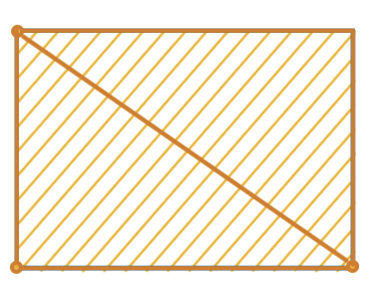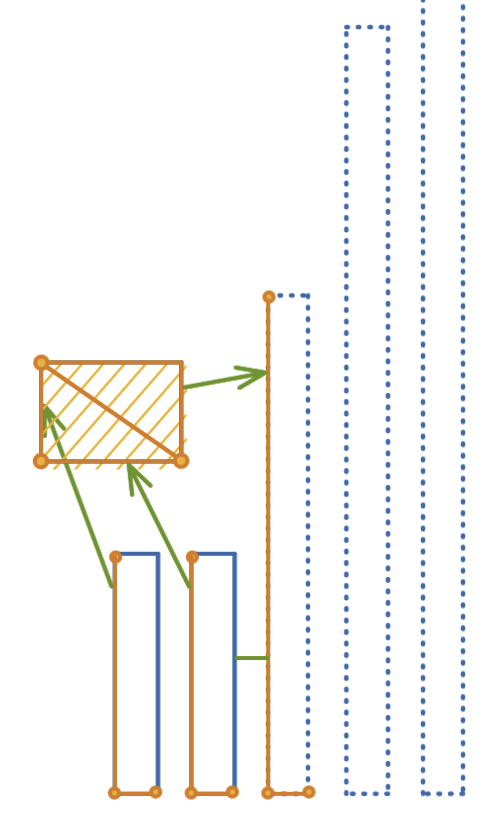✍ Drawing Languages 🖱 Analyzing Visual Programming 📊 Datalog Data Science λ Drawing Lambdas
Our Work
🎥 Geometric programming language update #3 - "meh" to pictogrammatic programming? via Hamish Todd

Hey folks 😁 here's an update on my geometric algebra programming environment project




[x] Change Month and Week Number
[x] focWeekExport 2022-01-19 2022-01-26
[ ] Summary
[ ] Hashtags
[ ] Check that comment links work (push weekly dump with channel summaries)
[x] Check to mention right person for moved messages
[x] Update Search Index
[x] Download New Attachments
[x] Update links
https://tinyletter.com/
https://tinyletter.com/marianoguerra/letters/
http://localhost:8000/history/
https://marianoguerra.github.io/future-of-coding-weekly/
https://stackedit.io/